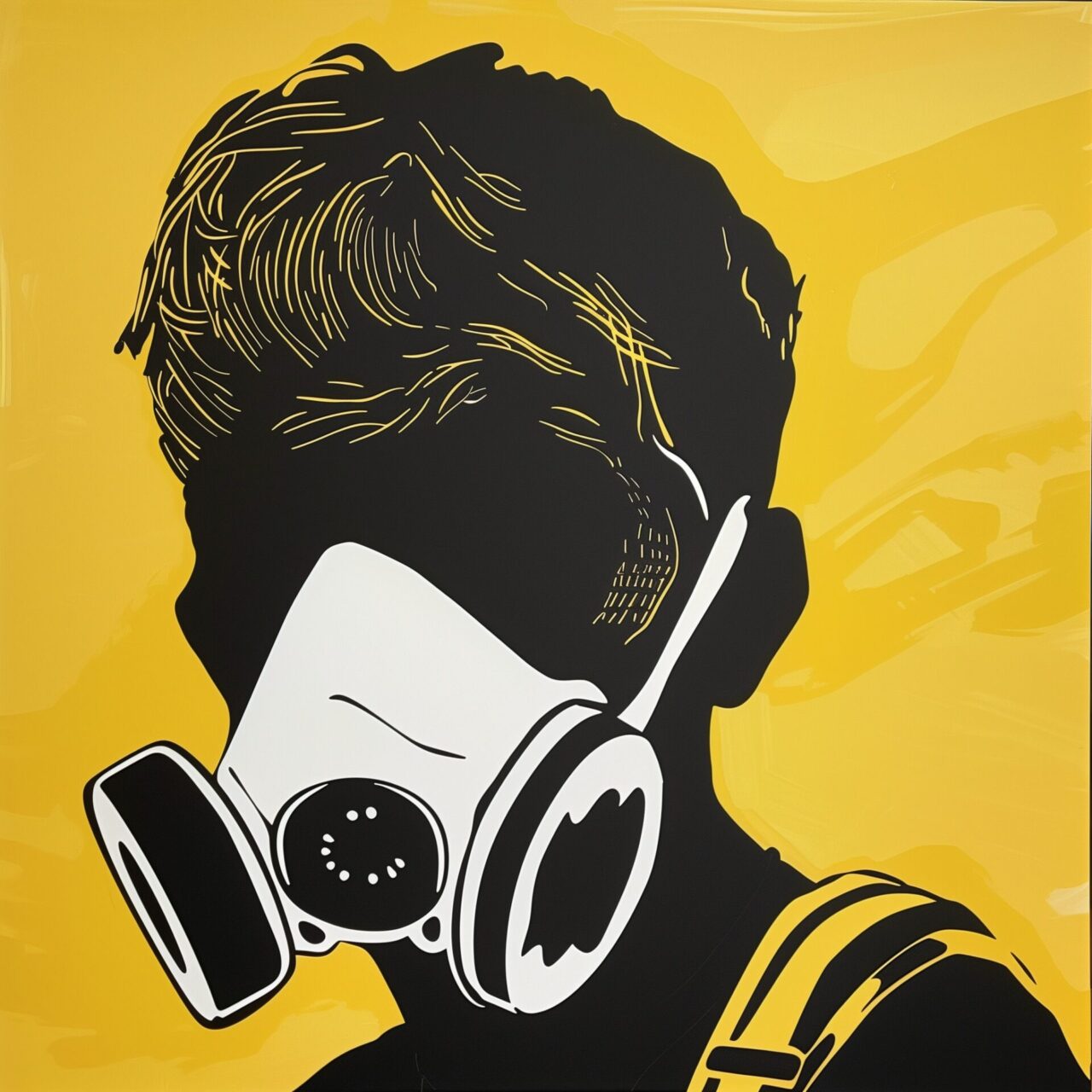
“Snow Crash” by Neal Stephenson
In 1992, Neal Stephenson unleashed a literary bomb in the genre of cyberpunk with “Snow Crash”, which changed the landscape of science fiction forever. This novel, a wild mix of Sumerian mythology, futuristic technology and biting social criticism, was ahead of its time in many ways and remains a key reference point for discussions about the fusion of virtual reality and social decay.
The basic framework: A world on the brink of collapse
“Snow Crash” sketches a dystopian future in which governments have been replaced by corporatocratic city states and society is fragmented into franchised enclaves where the mafia delivers pizza and street fighters are worshipped like rock stars. The protagonist, Hiro Protagonist – hacker, swordsman and the last freelance rescue driver – navigates this chaotic world both in reality and in the metaverse, an immersive virtual space that has left the internet far behind.
Mythology meets malware: the fusion of antiquity and the future
One of the most radical aspects of “Snow Crash” is the way Stephenson interweaves ancient Sumerian myths with modern digital realities. The novel presents the idea that the ancient Sumerian language is a kind of neuro-linguistic programming, and that the titular drug “Snow Crash” is both a computer virus and a mind virus. This fusion of linguistics, programming and religion offers a fascinating perspective on the power of language and information – a topic that remains frighteningly relevant in our current era of fake news and algorithmic manipulation.
Cyberpunk aesthetics and their cultural echoes
“Snow Crash” has not only influenced the literary world, but has also had a far-reaching impact on pop culture, from films to video games to discourses on cyber security and virtual reality. Stephenson’s visionary concept of the metaverse has direct parallels in modern VR technologies and platforms such as Second Life and, more recently, in the ambitious (and often criticised) visions of Facebook’s ‘meta’ universe.
The ironic sharpness of Stephenson’s prose
Stephenson wraps his socially critical and technological musings in a cloak of sarcasm and irony. Characters such as Hiro Protagonist, whose very name is an ironic broadside against traditional narratives, or his sidekick Y.T., a teenage courier cyclist who challenges the establishment with cheeky wit and youthful exuberance, are characteristic of Stephenson’s style. These characters are not only part of the plot, they are satirical commentaries on the excesses of American culture and the capitalist spirit.
“Snow Crash” and today’s world
In retrospect, “Snow Crash” reads not just as a cyberpunk novel, but as a prophetic prediction of the cultural and technological developments of the next three decades. At a time when the boundaries between man and machine, reality and virtuality are becoming increasingly blurred, Stephenson’s work seems less like a warning and more like a roadmap.
In conclusion, “Snow Crash” is a literary rollercoaster ride – bold, clever and unapologetic in its depiction of a future that may already be the present. It’s a must-read for anyone who wants to understand how deeply pop culture and digital culture are intertwined, and a test case for the proposition that the best science fiction works are often those that predict their own futures.


